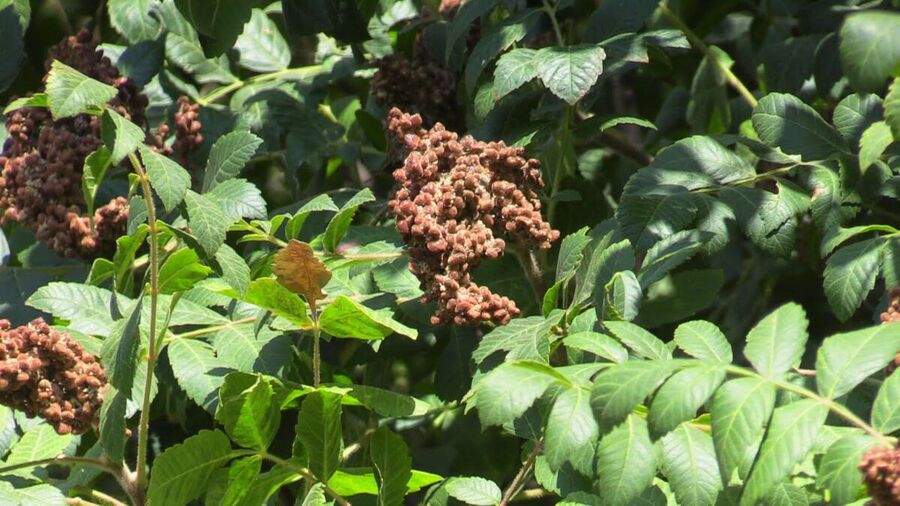Sumac is a kind of tree that grows mostly in high and difficult areas. Currently, Sumac is grown and produced in most different parts of the southern part of Kurdistan due to its great benefits and high demand. There are more than 250 varieties of Sumac in the world, but in Kurdistan, mostly three types are grown that are suitable for the climate and soil of Kurdistan.
They are: red Sumac, white Sumac, and yellow Sumac
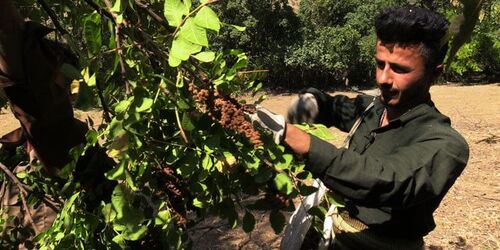
If the seedlings are not affected by any disease, they will be harvested in three years. Sumac has many important health benefits for the human body, rich in vitamin C, protein, iron, potassium, calcium, magnesium, and phosphorus, and it helps the digestive process and reduces gastrointestinal problems.
In Kurdistan, besides being used as a spice, it is also used with cucumber and Kalyar (a type of cucumber) and added to salads, yogurt, dolmas, kebabs, fish, and many other foods.

Every year in the summer, farmers in Kurdistan villages harvest the crop of Sumac, which is called Sumac Shkandn. Sumacs are prepared for consumption and sale in several ways. Sumac is harvested in late summer and early autumn, and of course, it takes a lot of effort.

The most important areas of Kurdistan where the crop is produced
1- Akre: Akre town is one of the famous areas of Kurdistan where the annual production of Sumac is collected. Akre is one of the seven cities of Duhok province and has about 250 villages. Most of the villages in Akre have Sumac, especially in Dinarta township. Even all the villages of Dinarta are famous for growing and producing Sumac.
There are more than 200 Sumac orchards in Akre, each of which produces between 2-8 tons of Sumac.
More than 11500 dunams of land have been planted with Sumac in Akre city. 80% of the Sumac in Duhok province are located in Akre, and the villages of Dinarta, and Zebar Valley are known as Sumac, especially the village of Dustak, which is famous for producing the best Sumac in Iraq and Kurdistan.
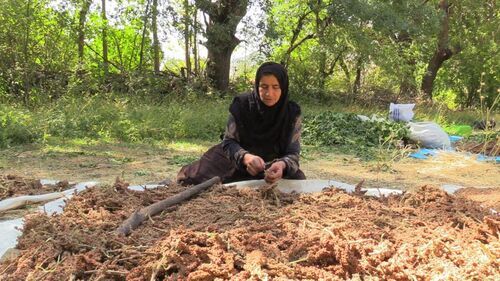
2- Balakayety: Sumac is produced in this region in good quantity in Kurdistan. Every year, farmers in this area harvest Sumac with the ladies. Especially in the Galala district, harvesting Sumac has become a good source of income for the residents of this area.
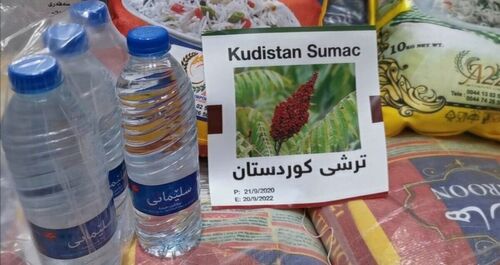
3- Qandil Mountain: In most parts of Qandil Mountain, especially in the Surade Valley, due to the mountainous nature of the region, it is time to harvest Sumac and the people of the region are collecting it. The border of Qandil has fertile soil for planting Sumac trees and farmers send the produce to the markets, so, it becomes an economic source for the people.
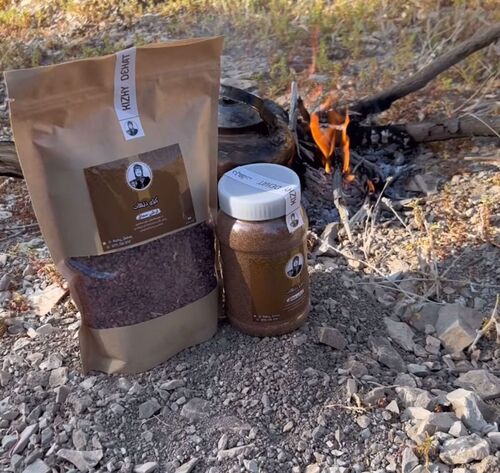
These are some of the most important areas of the southern part of Kurdistan that play a major role in the production of Kurdistan Sumac. The quality of the Sumac is so good that it is in great demand in Kurdistan and Iraq. Of course, Akre Sumac due to their quality, quantity, and variety, meet the domestic needs and can be exported. There are currently several small and local factories in different parts of Kurdistan that produce Sumac and prepare them for industrial marketing. This has led to an increase in the domestic production of Sumac in the Kurdistan Region every year and has become a good income for those who produce Sumac. At the same time, it has reduced the import of Sumac to the southern part of Kurdistan, which has led the Kurdistan Regional Government to impose higher taxes on Sumac imports.


